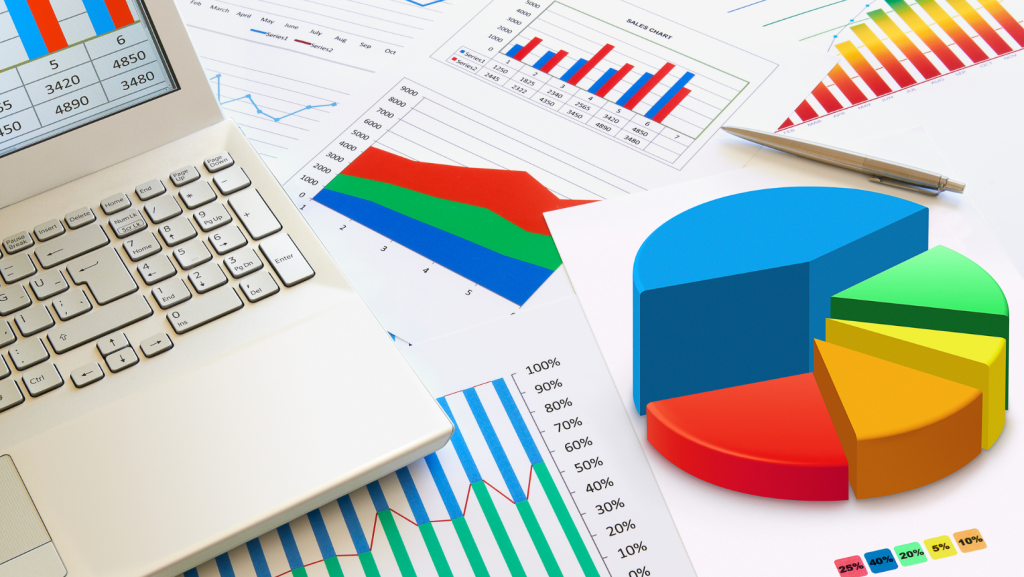Artificial intelligence (AI) is the ability of machines to perform tasks that normally require human intelligence, such as reasoning, learning, decision making, and natural language processing.
AI can be used to analyze people’s data, such as their behavior, preferences, emotions, opinions, and interactions, for various purposes, such as marketing, personalization, recommendation, sentiment analysis, social network analysis, and customer service.

There are many steps involved in analyzing people’s data using AI, such as:
Data collection: This is the process of gathering data from different sources, such as social media platforms, online surveys, web analytics, sensors, cameras, and mobile devices.
The data can be structured (such as numerical or categorical values) or unstructured (such as text, images, audio, or video). The data should be relevant, accurate, and representative of the target population.
Data preprocessing:
This is the process of cleaning, transforming, and integrating the data to make it suitable for analysis.
This may include removing noise, outliers, missing values, duplicates, and irrelevant features; converting data formats; normalizing or scaling data values; encoding categorical variables; and combining data from different sources.
Data analysis:
This is the process of applying AI techniques to extract insights from the data. Depending on the type and complexity of the data and the goal of the analysis, different AI techniques can be used, such as:
Machine learning:
This is the branch of AI that enables machines to learn from data without explicit programming. Machine learning can be divided into three categories: supervised learning (where the machine learns from labelled data), unsupervised learning (where the machine learns from unlabeled data), and reinforcement learning (where the machine learns from its own actions and feedback).
Some examples of machine learning algorithms are linear regression, logistic regression, decision trees, k-means clustering, principal component analysis, and neural networks.
Deep learning:
This is a subset of machine learning that uses multiple layers of artificial neural networks to learn from large amounts of data.
Deep learning can handle complex and high-dimensional data, such as images, audio, video, and natural language.
Some examples of deep learning architectures are convolutional neural networks (CNNs), recurrent neural networks (RNNs), long short-term memory (LSTM) networks, generative adversarial networks (GANs), and transformers.
Natural language processing (NLP):
This is the branch of AI that deals with understanding and generating natural language. NLP can be used to analyze text data, such as tweets, reviews, comments, emails, and articles.
Some examples of NLP tasks are sentiment analysis (determining the emotional tone of a text), topic modelling (identifying the main themes of a text), text summarization (creating a concise summary of a text), text generation (creating new text based on a given input), named entity recognition (identifying and classifying entities in a text), and machine translation (translating a text from one language to another).
Computer vision:
This is the branch of AI that deals with understanding and generating visual information. Computer vision can be used to analyses image and video data, such as faces, objects, scenes, gestures, and actions.
Some examples of computer vision tasks are face detection (locating faces in an image or video), face recognition (identifying and verifying faces in an image or video), object detection (locating and classifying objects in an image or video), scene recognition (identifying and describing the context of an image or video), gesture recognition (recognizing and interpreting human gestures in an image or video), and action recognition (recognizing and describing human actions in an image or video).
Data visualization:
This is the process of presenting the results of the data analysis in a clear and engaging way.
- Data visualization can help communicate the insights to different audiences, such as customers, stakeholders, managers, or researchers.
- Data visualization can use various methods and tools to create charts, graphs, maps, dashboards, info graphics, and interactive displays.
Analyzing people’s data using AI can provide many benefits for businesses and organizations, such as:
Enhancing customer experience:
By understanding customer behavior, preferences, emotions, and feedback, AI can help provide personalized and relevant products, services, recommendations, and support to customers.
This can increase customer satisfaction, loyalty, and retention.
Improving marketing strategies:
By segmenting customers based on their characteristics, interests, and needs, AI can help design and deliver effective and targeted marketing campaigns to customers.
This can increase customer engagement, conversion, and revenue.
Optimizing business operations: By analyzing business processes, performance, and outcomes, AI can help identify and solve problems, improve efficiency, reduce costs, and increase quality and productivity.
Generating new insights and opportunities:
By discovering patterns, trends, and relationships in the data, AI can help generate new insights and opportunities for innovation, growth, and development.
Analyzing people’s data using AI is a challenging and exciting field that requires a combination of skills, knowledge, and creativity.
By following the steps outlined above, one can start exploring and applying AI techniques to analyses people’s data for various purposes.
Our App Recommendations:
Check out our top app recommendation from Moodbit, featuring a range of innovative products within these models. Experience the power of:
- Moodbit Employee Sentiment Analysis: Utilizing advanced Natural Language Processing, this tool provides insightful analysis of employee sentiments, offering a deeper understanding of your team’s dynamics.
- Moodbit Copilot: Imagine a chatbot akin to ChatGPT, offering dynamic interactions that provide valuable insights, generate reports, and anticipate your next queries. Integrated seamlessly with platforms like MS Teams, Slack, SAP, and more, Moodbit Copilot takes your company’s data interaction to the next level.